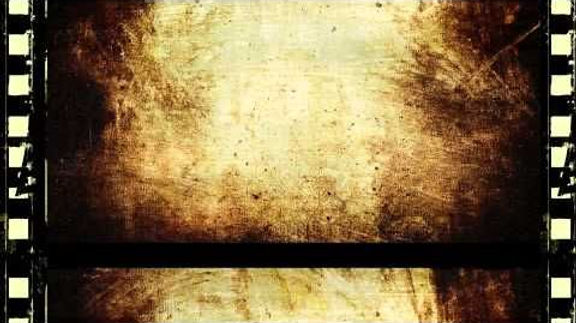
KCET, the nation's largest independent public television station, has announced the return of its history series Lost LA, a co-production with the University of Southern California Libraries. In its second season, sponsored by Union Bank, Lost LA uncovers the hidden past of this region through the documents, photos and archives that give a new perspective on the creation of modern-day Los Angeles. Lost LA premiered October 10, on KCET in Southern California. Next week's episode, Dream Factory airing October 31, explores the darker side of Hollywood's history including how women were treated in the early days of film as well as Central Casting's underhanded dealings when hiring minorities as background players. It should be interesting to see just how different things were back then -or, how much they've stayed the same.

Lost LA brings Southern California history to life by marrying archival materials from the L.A. area with innovative forms of documentary storytelling. Hosted by public historian Nathan Masters of USC Libraries, each episode brings the primary sources of Los Angeles history to the screen in surprising new ways. Much of L.A.'s past is lost to history, but through the region's archives the show aims to rediscover a forgotten LA that preceded the arrival of Anglo settlers and learn how it transformed so quickly into a sprawling, culturally diverse metropolis by applying different interpretive frameworks to the broad sweep of Southern California history. The second season of Lost LA invites viewers to witness how the region's explosive and surprising growth inevitably erased or marginalized parts of the city's identity along the way.

Airing Tuesday, October 31 is Episode Four: Dream Factory. Los Angeles is often identified with Hollywood, but there's more to the entertainment industry than its facade of movie stars and blockbuster films. This episode explores the career of Lois Weber, a filmmaker who rose to greatness in a nascent film industry that welcomed women into creative leadership positions; as well as a Central Casting Bureau that capitalized on the city's segregated ethnic enclaves when filling background roles. The history exposed here may not be a surprise to some, but no doubt there will be many who find a peak behind the scenes of the Hollywood of yesteryear fascinating. It may just spark an interest in discovering more about the city of Angeles, and KCET is ready to fulfill that need with more episodes of Lost LA.

